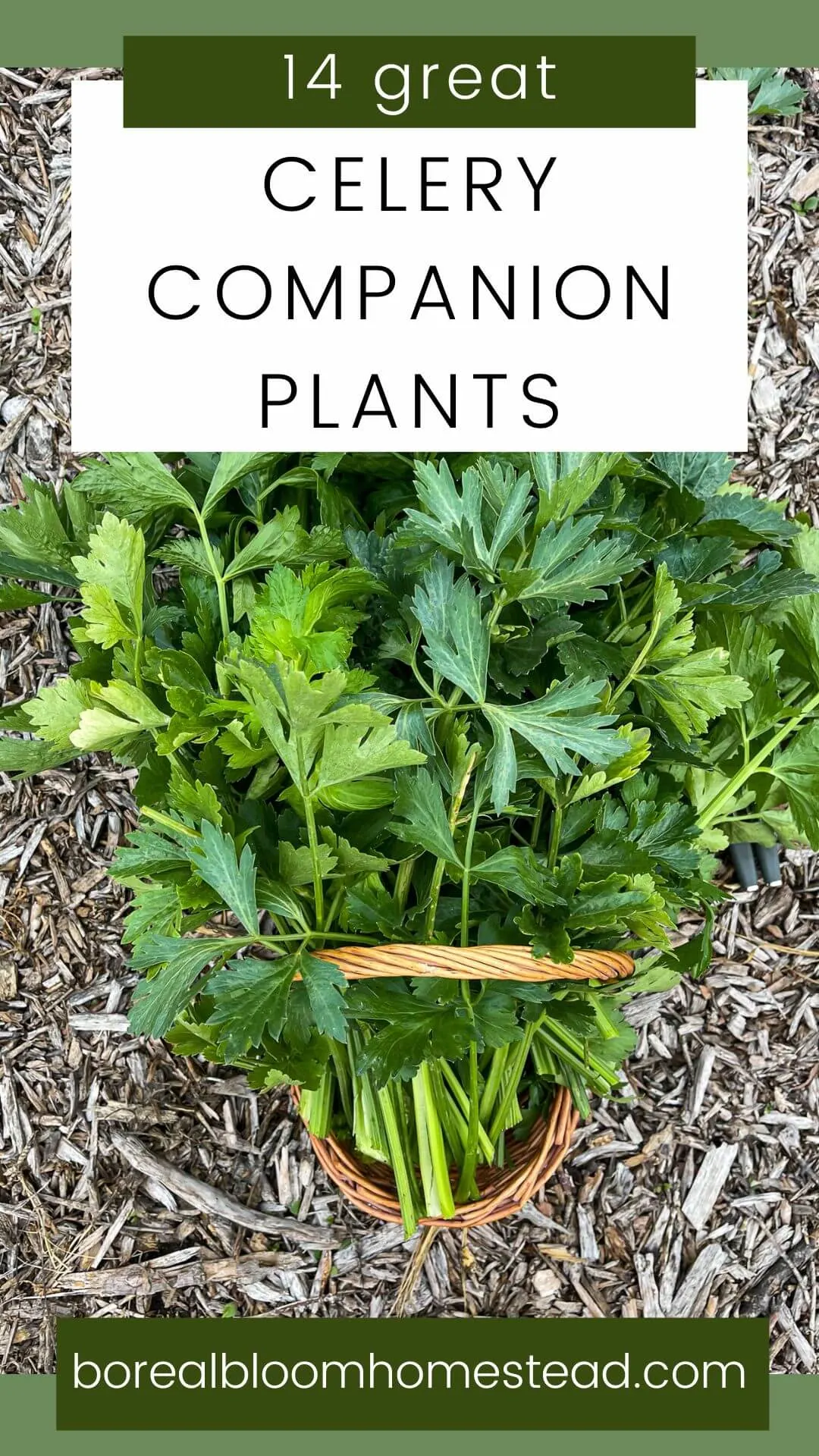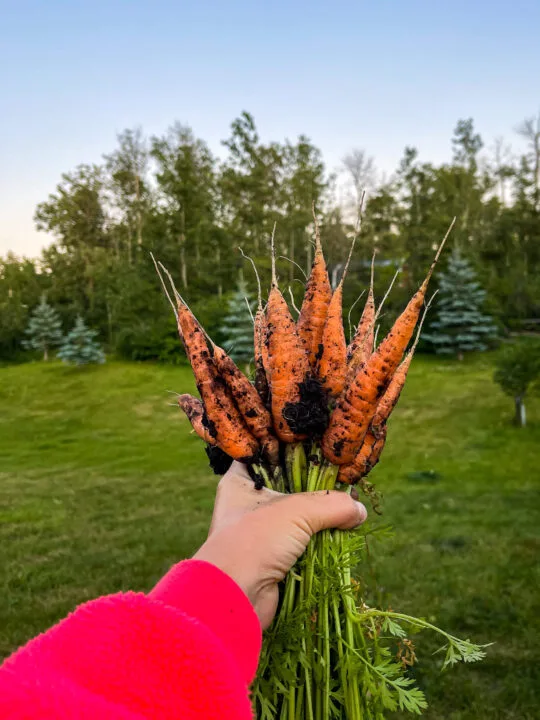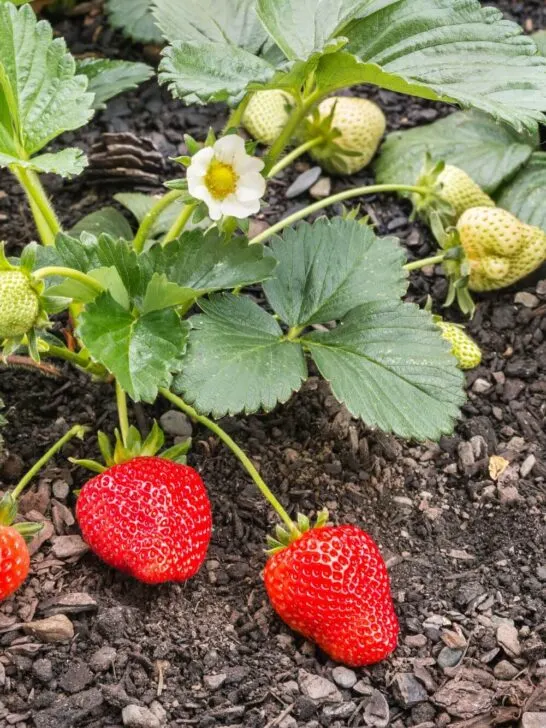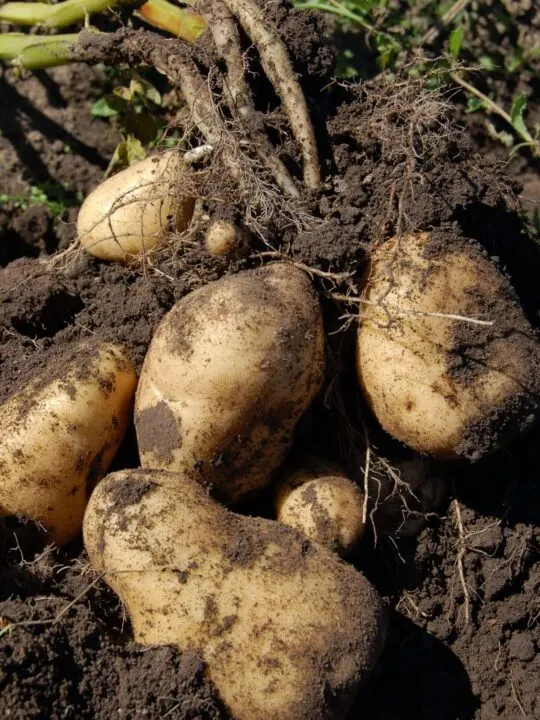Celery, a member of the Apiaceae family, is an annual vegetable crop grown for its long, green, edible stalks. Celery's stalks taper to leafy greens. The stalks are succulent, crisp, and juicy when eaten raw. Celery has a light flavor with subtle hints of sweetness.
Celery leaves are added to dishes to give them a mild, peppery flavor, I love adding them to soups, while the seeds are used as a spice. The seeds can be dried and ground before being combined with salt to make celery salt. Whole celery rib can be juiced.
I love to dehydrate celery at the end of the growing season to add to soups throughout the year.

As an Amazon Associate I earn from qualifying purchases.
Jump to:
What Is Companion Planting?
Companion gardening is the practice of planting two or more plants together for the benefit of one or both plants. By planting celery with certain plants, you can help increase the growth and vigor of your celery while reducing the likelihood of pests and diseases on both the celery and the companion plant (s).
It's like a food forest, but on a smaller scale!

What Are The Benefits?
There are many reasons why companion planting is beneficial, but some of the benefits specific to celery include:
- help to protect from pests and diseases.
- improve growth and vigor, and in some cases, even flavor!
- help to attract beneficial insects, which will then prey on pests.
- improve soil health, through nitrogen fixation and nutrient cycling
- provide optimal growing conditions, such as shade or ground cover.
Psst: Did you know that your chickens can eat celery?
Best Celery Companion Plants
Alliums:
Onions, garlic, chives, and leeks are common members of the allium family. These potent plants pack an aroma in the garden as well as on the plate, helping to deter both underground pests like nematodes and above-ground nemeses like aphids.
Anecdotally, many gardens claim that alliums, especially onions and garlic, can improve the flavor of homegrown celery.
Personally, I find that onions and garlic occupy the same growing space in the garden and choose to plant them elsewhere.
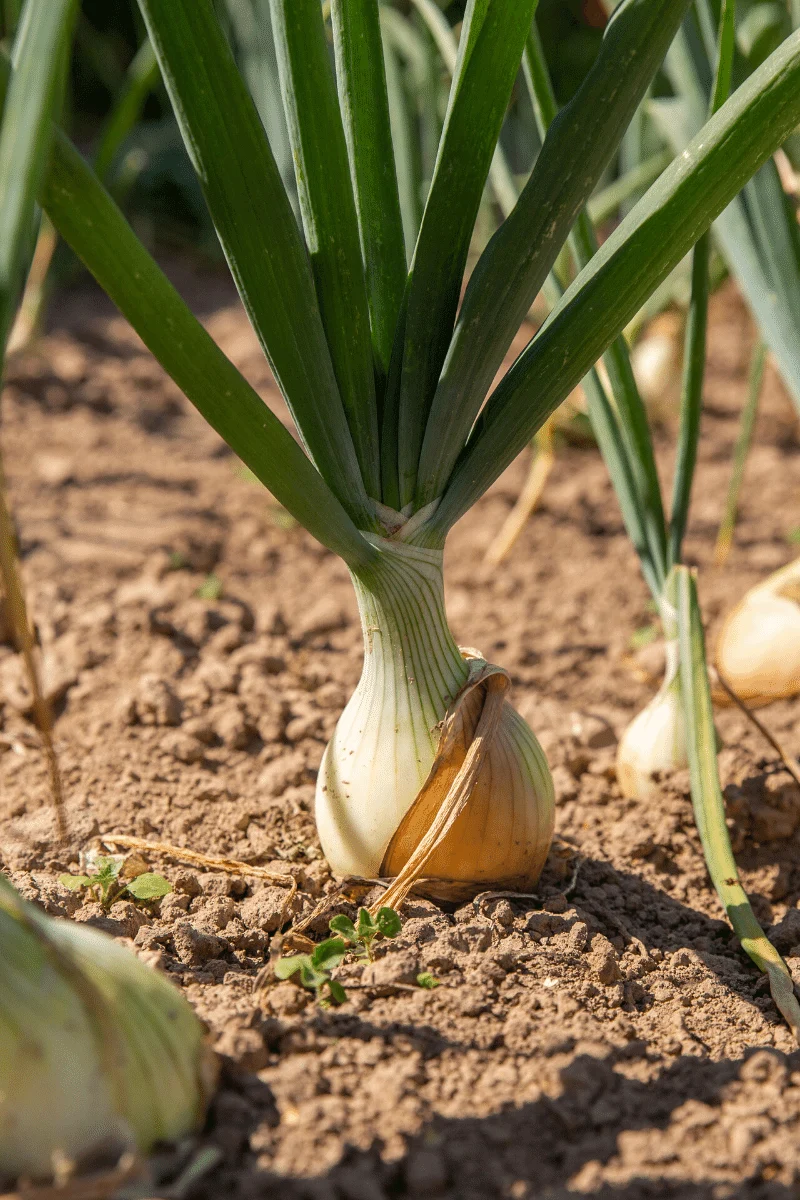
Beans:
Celery is a great companion in its own right, helping to repel bean beetles and whiteflies from your beloved bean plants. The beans repay the favor by capturing nitrogen from the atmosphere and converting it to a form that's useable for plants right into the soil!
Don't stop at beans, all legumes are capable of nitrogen fixation, consider chickpeas, lentils, and even snap peas.
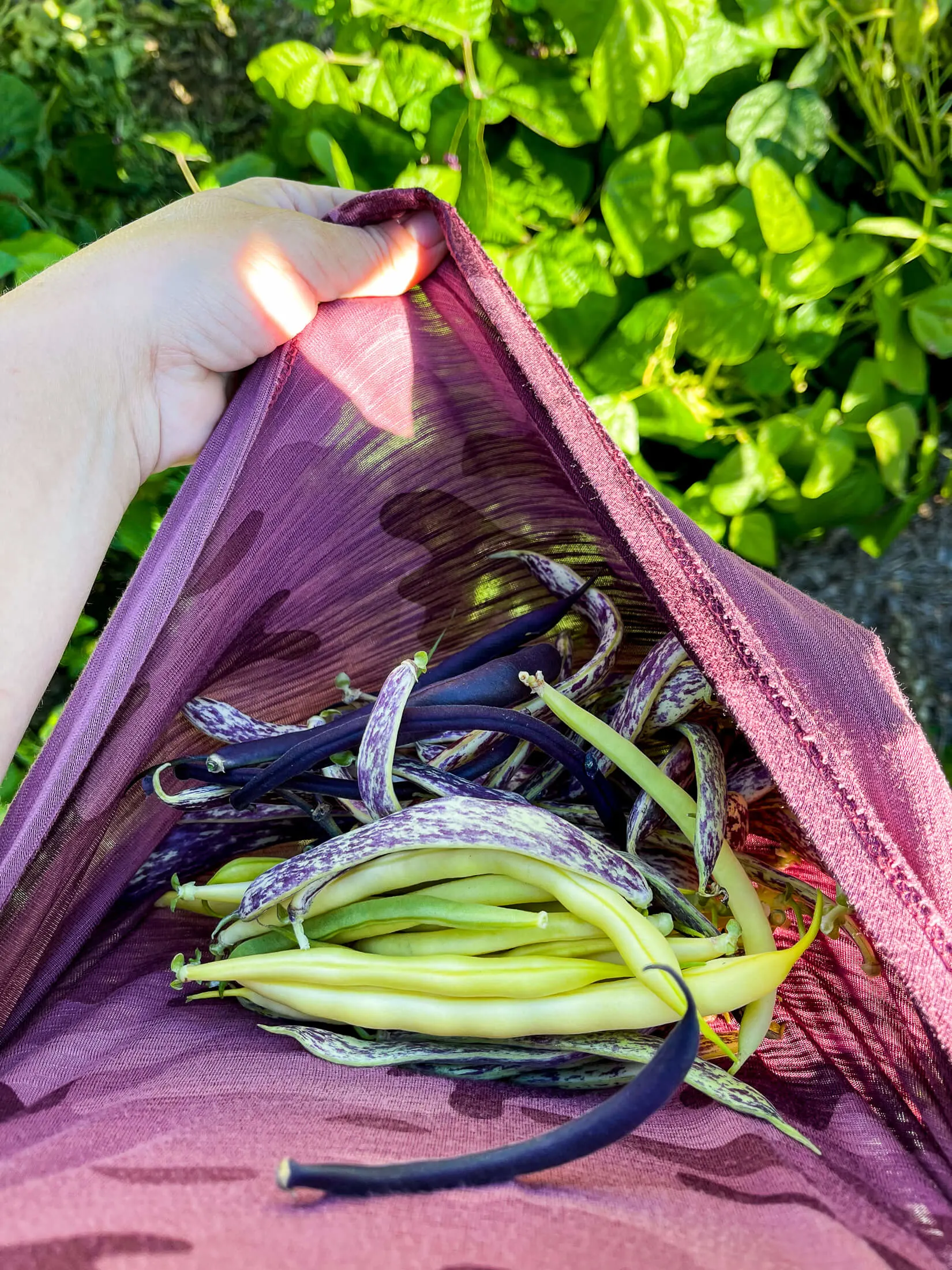
Brassicas:
Cauliflower, cabbage, broccoli, and brussels sprouts benefit from celery's ability to repel pests craving that cruciferous crunch! Celery deters white cabbage moths which are a major pest of cole crops. These moths attack the leaves of your plant and if left unchecked can destroy an entire crop in a short time.
Radish, kohlrabi, and kale also benefit from celery's deterrent qualities.
Cucumbers:
Celery helps to defend the cucumber plants from pests like whiteflies while the cucumber offers the celery a little bit of shade and a living ground cover to protect the soil.
Celery generally grows taller than cucumbers so a few plants nestled within the vines won't harm the production of either.

Herbs:
Fragrant herbs like dill can help mask the scent of target crops. Dill is a powerful attractant of beneficial insects, like pollinators and parasitic wasps to help improve your entire garden harvest.
Oregano, sage, mint, thyme, rosemary, and even lavender can help to deter moths, aphids, and other pests, while also attracting ladybugs, lacewings, and beneficial beetles to help control pest populations.
Just remember that some of these herbs can be invasive, so they should be potted and placed near your celery crop to avoid spreading if you're in a growing zone that allows them to perennialize.
Skip parsley and cilantro, as these herbs are in the same family as celery and can attract pests to the detriment of both.
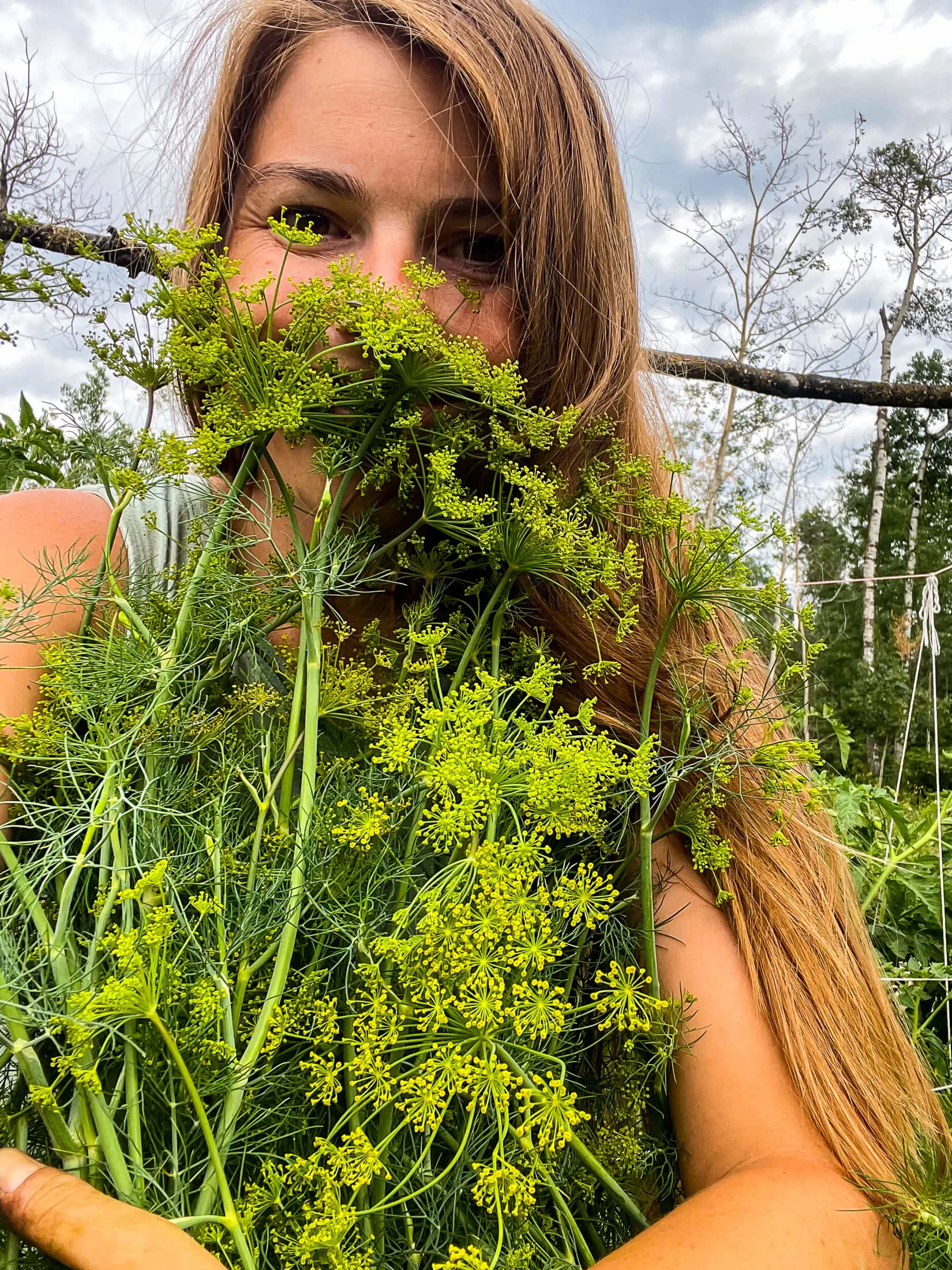
Marigolds:
French marigolds specifically help by providing protection against root nematodes. Their strong scent can help repel pests like flea beetles, aphids, and spider mites away from celery stalks.
Marigolds are available in many colors and can help add a pop of color to an otherwise very green garden all the while bringing in beneficial insects!

Nasturtiums:
A real homestead favorite in these parts! Nasturtiums are easy-to-grow flowers that make an excellent trap crop, attracting aphids away from your celery patch.
The dense, low-growth habit of nasturtiums creates a wonderful living mulch, insulating the soil to prevent moisture loss and keep soil temperatures down.
The leaves and flowers of the nasturtium plant are completely edible, with a delightful peppery flavor. They also come in a variety of colors to help add beauty to your garden.
Nasturtiums have a long flowering season and we never fail to marvel at the number of bees and pollinators visiting the many nasturtium plants we seed in the food forest each year.
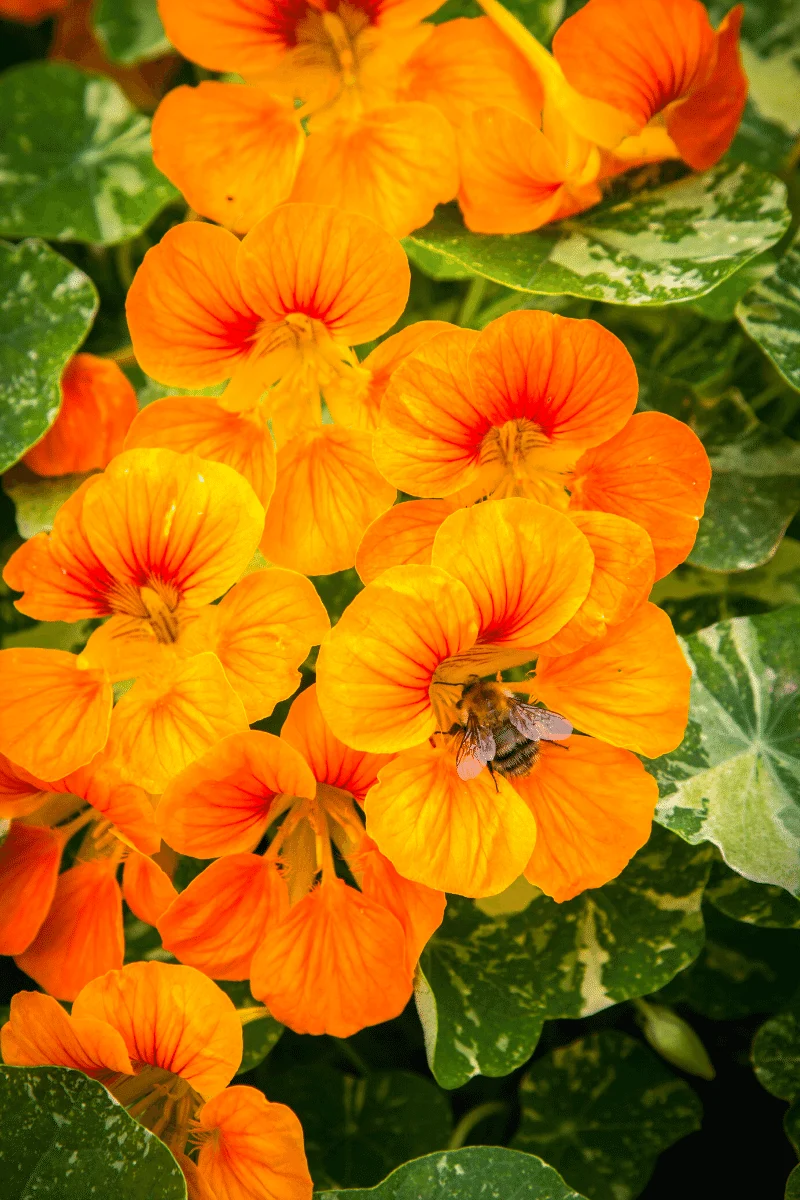
Spinach:
This low-growing green is a great partner for celery. Spinach creates a ground cover or living mulch, helping to insulate the soil and prevent excess moisture evaporation, which greatly benefits your very thirsty celery. Celery scent helps to deter some of the feasty beasties who enjoy the taste of spinach.
Other low-growing greens like arugula, mini romaine or head lettuces would also make great short companions that can handle a bit of shade from growing celery.
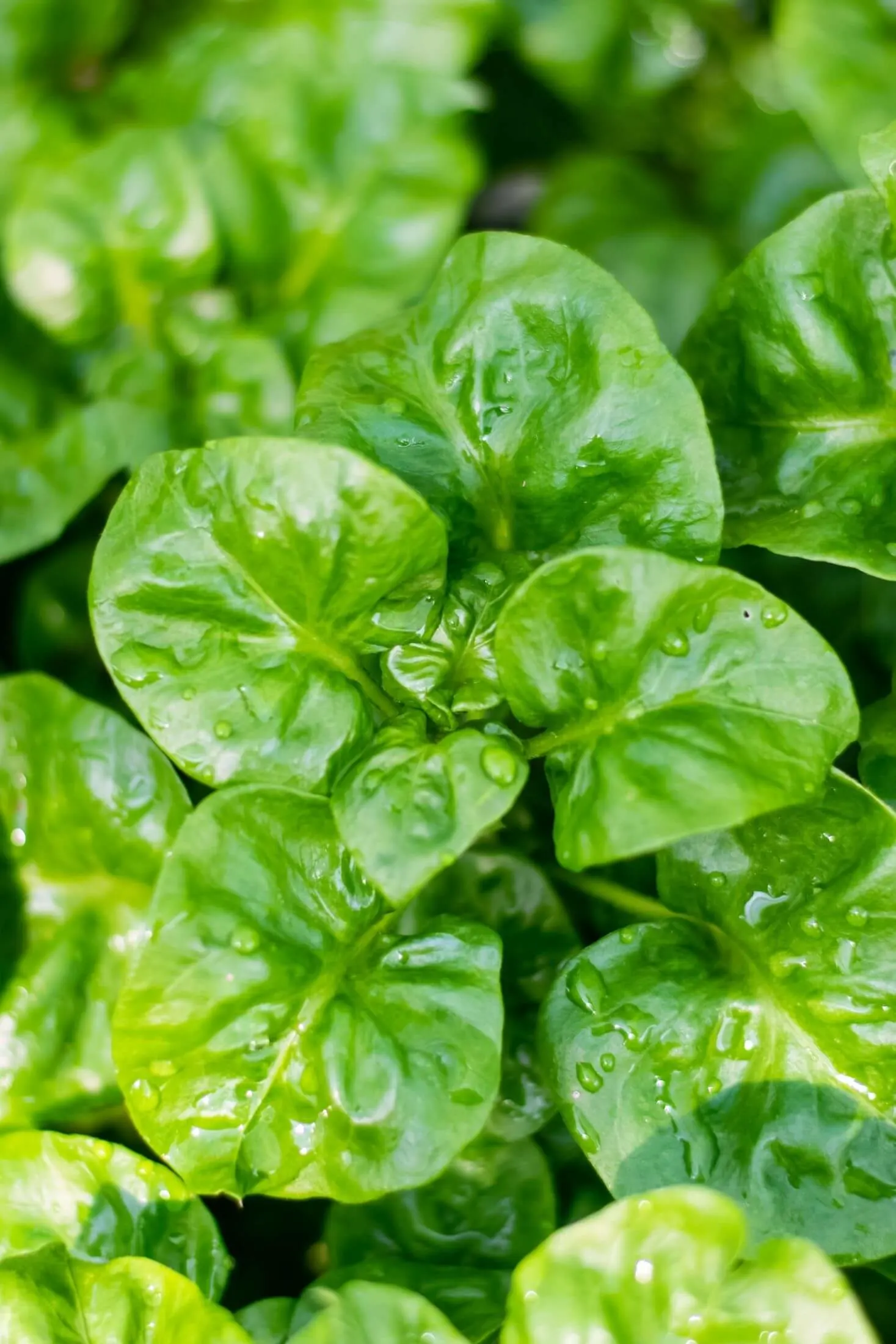
Tomatoes:
Tomatoes and celery are great companions because they enjoy similar growing conditions; tons of water and sunlight.
Celery also prefers shade during the afternoon heat, so planting it on the north or east side, depending on your garden layout, can help to offer some much-appreciated shade.
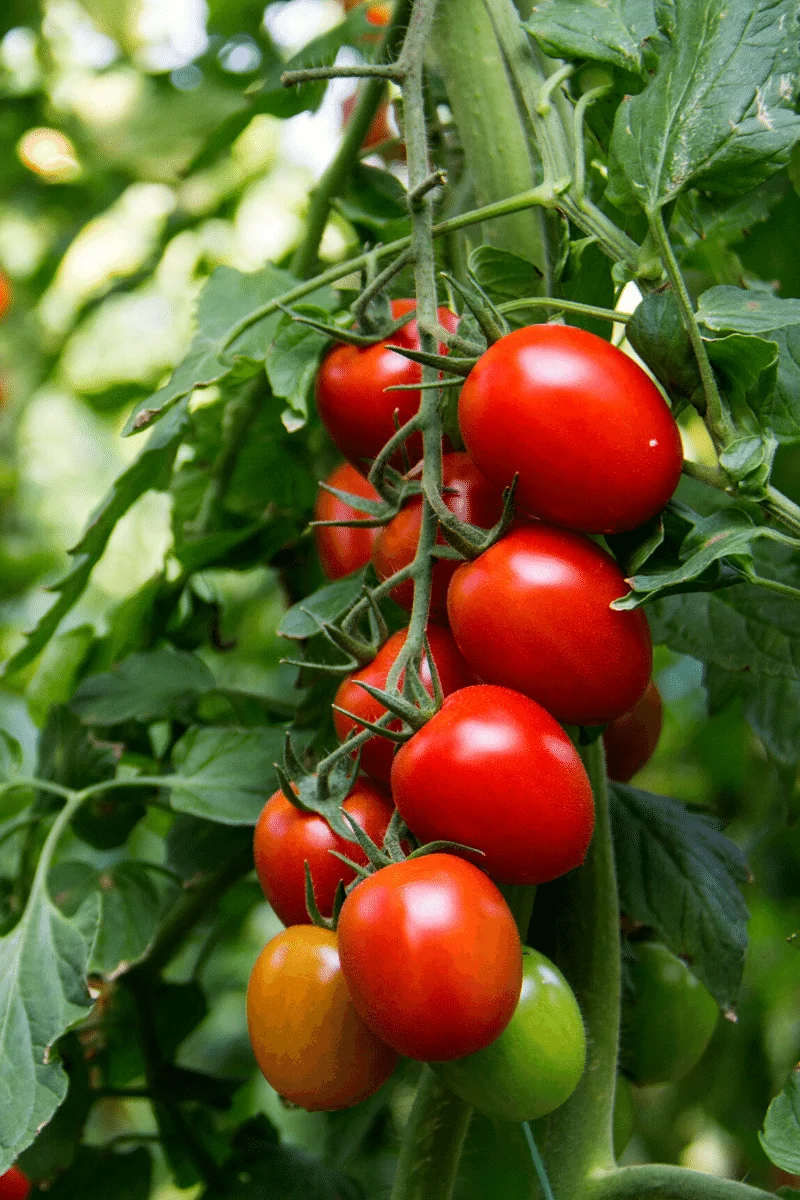
Celery Companion Plants To Avoid
Carrots:
This taproot vegetable is a staple in most gardens, but they don't always get along with the other plants!
Carrots send their long roots deep below the soil to absorb nutrients and store carbohydrates for the next growing season. We, as growers, rarely allow carrots to complete their biennial growth cycle, instead choosing to harvest the roots after the growing season.
Harvesting deep-rooted carrots can easily damage the roots of your long-season celery plant. This is generally not a problem for us, as I harvest my carrots well after the first frost.
But both celery and carrots are members of the same plant family. Planting cousins too close in the garden can invite unwanted pests or diseases to both. It's best to keep them spaced out.
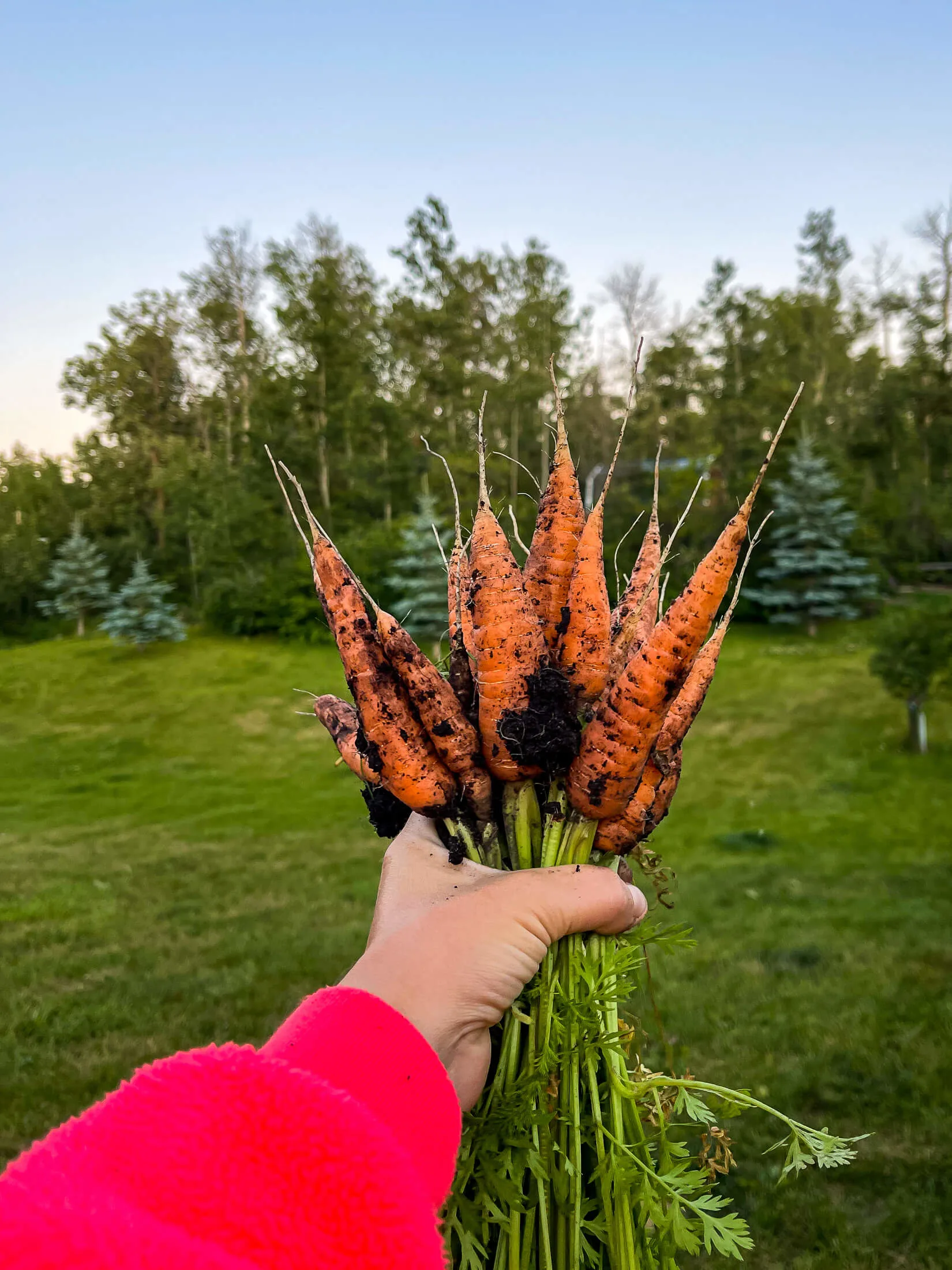
Corn:
Sweet corn is a very heavy feeder during the season with no qualms about hogging all the nutrients and water in the soil. Their root systems are larger and can quickly overtake the celery, choking it out.
While celery likes a bit of shade, you may find it gets too much shade tucked in between your tall corn.

Potatoes:
Potatoes ripen around the same time as celery and harvesting early potatoes can damage the roots of your celery plants.
Potatoes are also heavy feeders that will compete with celery for water and nutrition. The bushy greens may crowd celery for space leading to reduced yield.
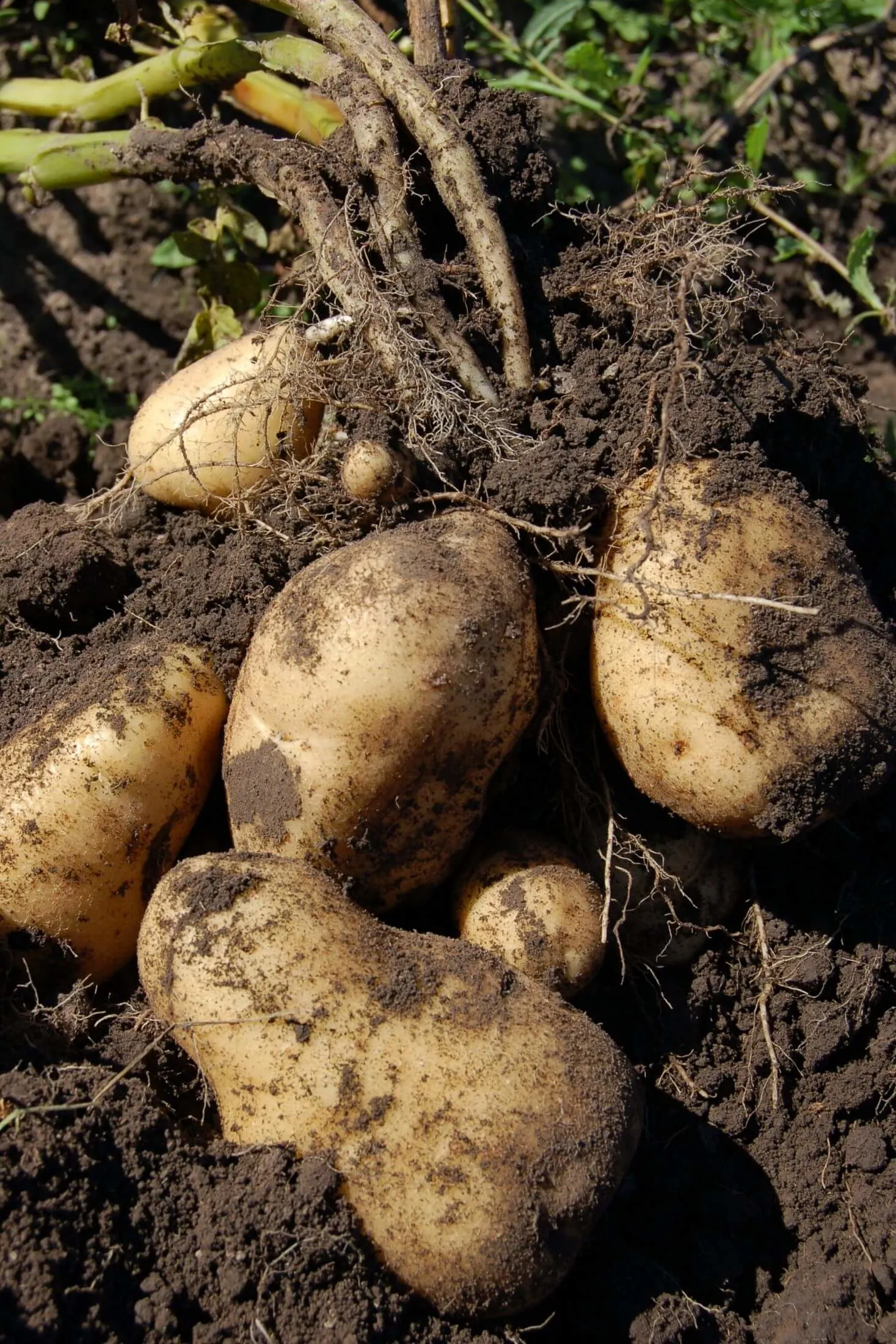
Turnips:
Like carrots and potatoes, and even other root vegetables like beets and parsnips, harvesting turnips can damage the roots of your celery plants. It's very important to consider the zones in which the companion plants grow to help reduce the likelihood of conflicts.

More Companion Planting Guides!
Final Thoughts
When selecting companion plants for celery, it's important to consider the size and growth habits of the plant. Choosing fast-growing plants like beans or spinach that provide ground cover and living mulch are great options. Smaller root vegetables such as turnips, carrots, or potatoes should be planted away from celery to avoid root competition, and corn should be planted in a separate area as it’s a heavy feeder.
Don't overlook flowers as companion plants, as marigolds and nasturtiums are great partners. They attract beneficial insects and repel unwanted insects, while also adding color to your garden. With the right companion plants, you’ll have a thriving celery crop and a great harvest.
Pin This Celery Companion Planting Guide
